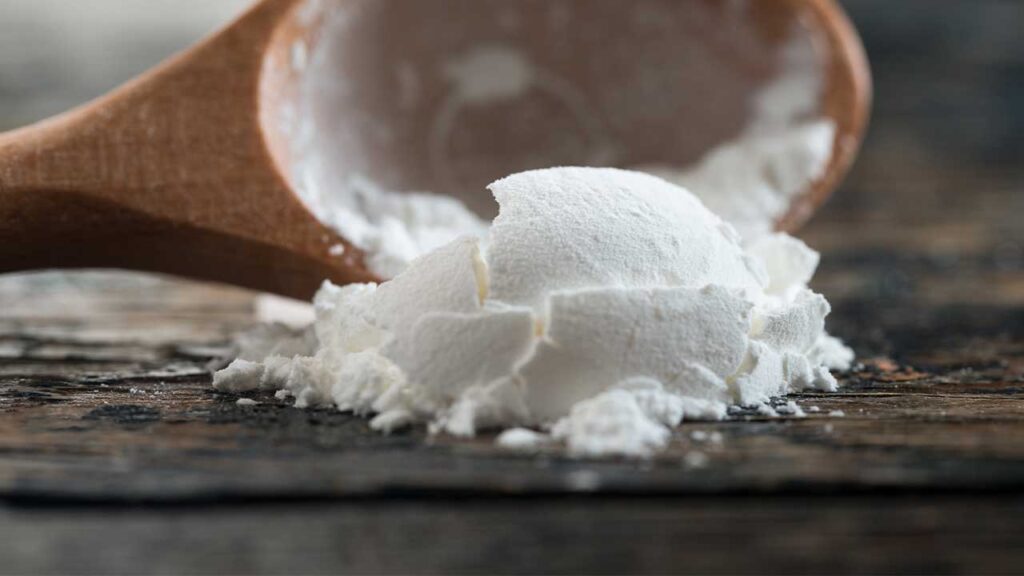In today’s competitive food manufacturing landscape, business owners and R&D teams are under constant pressure to innovate without compromising on health standards, functionality, and profitability. A growing number of brands are pivoting toward functional ingredients that not only support health-conscious consumers but also ensure consistent product performance in large-scale production.
One such pivotal decision is choosing between resistant maltodextrin vs maltodextrin — two ingredients that sound similar, but behave very differently in both nutritional value and functionality. For manufacturers looking to position their products in the growing health food sector, understanding the difference between these two is more than just a technicality; it’s a strategic business decision.
Understanding the Basics: What Sets Them Apart?
At first glance, resistant maltodextrin and maltodextrin appear to serve similar purposes — both are derived from starch and act as soluble fibers or carbohydrates in food formulations. However, the chemical structure and physiological impact of each tell a different story.
Maltodextrin is a short-chain carbohydrate typically used as a thickener, filler, or to enhance texture and shelf life. It is easily digestible and has a high glycemic index, which can cause a rapid spike in blood sugar — an increasingly undesirable trait in today’s health-focused market.
Resistant maltodextrin, on the other hand, is a functional fiber that resists digestion in the small intestine, making its way to the colon where it supports gut health. It offers the same technical benefits as maltodextrin — such as stability and solubility — but with added health advantages like improved digestion, blood sugar control, and lower caloric value.
To explore these differences further from a manufacturing standpoint, you can read Resistant Maltodextrin vs Maltodextrin: What It Is and Why It Matters in Food Manufacturing — an excellent breakdown by Satoria.
Why This Choice Matters for Food Businesses
1. Meeting Regulatory and Consumer Expectations
The global consumer trend is shifting toward clean label and low-GI products. Regulatory bodies are also encouraging the inclusion of dietary fibers in processed foods. Choosing resistant maltodextrin allows manufacturers to label their products as high in fiber or low glycemic, helping brands tap into premium health-conscious markets.
2. Functional Benefits in Product Development
Both ingredients perform well in terms of solubility and stability, but resistant maltodextrin offers an edge when it comes to formulating functional beverages, high-fiber snacks, or diabetic-friendly products. It has a mild taste and doesn’t affect viscosity much, making it ideal for beverages or nutritional powders.
3. Cost and Sourcing Considerations
While resistant maltodextrin may come at a slightly higher cost per kilogram than conventional maltodextrin, the value proposition lies in its dual role as a functional ingredient and marketing asset. Using this ingredient allows food brands to differentiate themselves in a crowded marketplace, potentially commanding higher margins.
Sourcing quality ingredients is equally important. Satoria’s Resistant Maltodextrin is an excellent option for manufacturers seeking consistent quality, high solubility, and regulatory-compliant labeling.
Applications in the Real World
Let’s take two examples — a company manufacturing a meal replacement shake and another producing sugar-free baked goods:
- The shake company would benefit from resistant maltodextrin’s ability to increase fiber content without impacting taste or solubility.
- The bakery would use it to replace some of the sugar and flour content, improving texture while enhancing digestive benefits.
For both scenarios, resistant maltodextrin supports product claims such as “supports gut health” or “low in sugar,” which are critical in consumer buying decisions.
Looking Ahead: Aligning Product Strategy with Health Trends
As obesity, diabetes, and gut-health concerns grow globally, B2B food businesses need to future-proof their offerings. Incorporating resistant maltodextrin over traditional maltodextrin helps manufacturers align with health guidelines while maintaining formulation integrity.
Additionally, companies looking to develop prebiotic-enriched products or nutraceutical applications can explore other advanced solutions from Satoria, such as their Functional Fiber Series — tailored to meet the diverse demands of modern food innovation.
Final Thoughts
The debate between resistant maltodextrin vs maltodextrin is not just scientific — it’s commercial. Choosing the right ingredient impacts your product positioning, regulatory approval, and ultimately, your market competitiveness. As food businesses increasingly blend nutrition with innovation, making informed ingredient decisions becomes essential.
If your company is exploring healthier, functional formulations that still deliver on taste and stability, now might be the right time to rethink your choice of carbohydrates and fibers.







